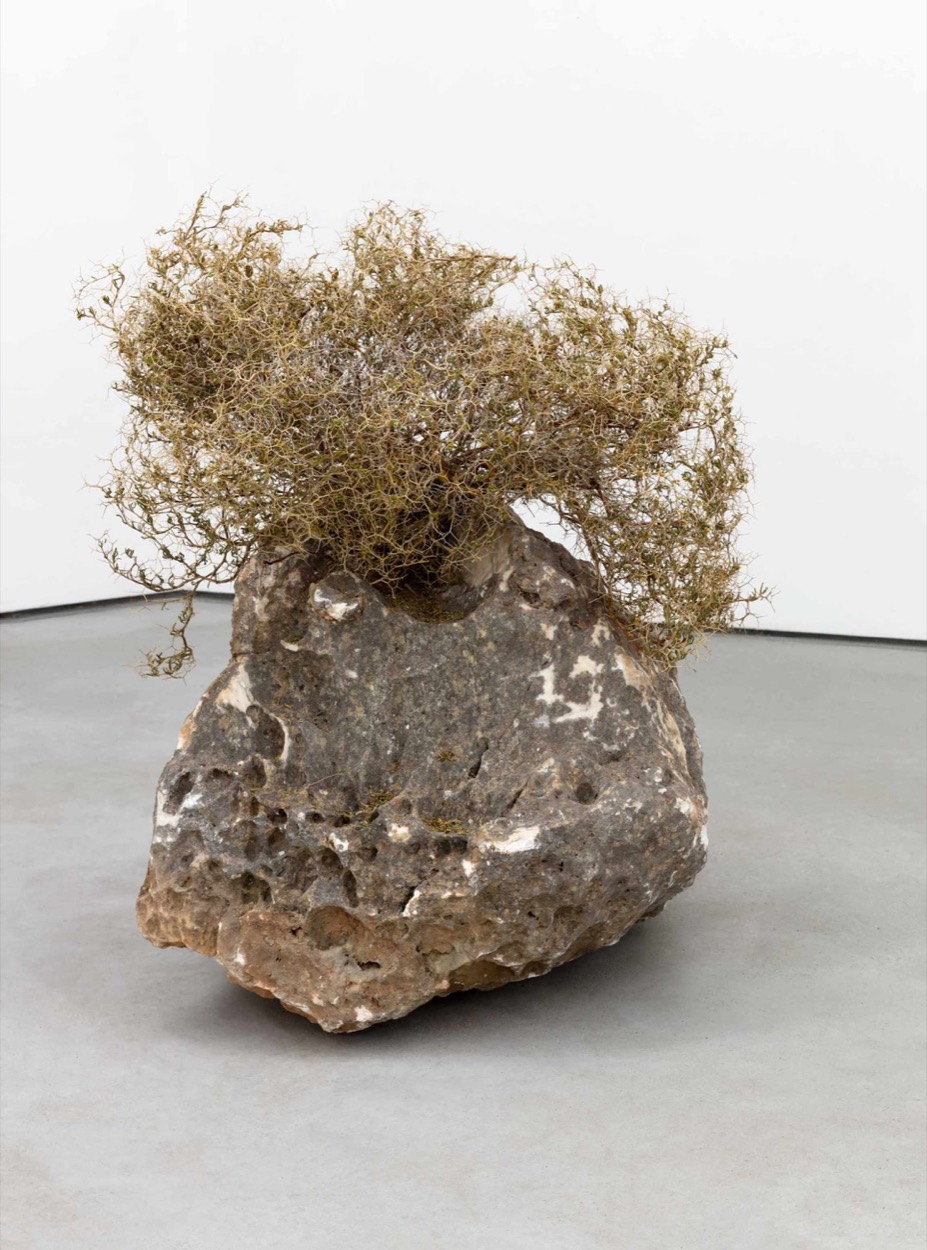With my upcoming series of works I am addressing the immense resources needed for manufacturing artefacts related to information technology but I also try to keep my studio practice as sustainable as possible in terms of wasted resources.
What is your opinion on the current development of digital art?
There are very interesting technologies that have emerged in the last few years and consequently works of art based on these technologies. Neural networks are one of them. Technologies and algorithms of image-making and computational modelling that have determined image-making for quite some time are now being replaced or operated through neural networks. The latest interesting emerging technology is NFTs or non-fungible tokens, a cryptic term for sure. NFTs are networked sets of data that certify that each of them is unique. From a pragmatic perspective, NFTs do not offer a new aesthetic experience for the viewer. The true value of an NFT with its unique identity and its verifiable ownership via a blockchain ledger is that it applies both to digital and non-digital assets. This will have an impact, I think, on the distribution and sales of artworks (and other unique assets) but it is difficult to fully predict how exactly it will unfold. I am no less interested in a metaverse, dystopian or not, that might emerge from this technology. But at the moment the carbon footprint of blockchain networks seems to be extraordinarily big despite the fact that there are alternative solutions such as the Proof of Stake consensus mechanism.
What are you working on these days?
The last couple of months I have been working on sculptures that are based on photographic motives using aerial photographs and photographs from modernism as input. After modelling and 3D printing these objects, I will try to cast a few of them in metal. Through this process I will be experimenting with a hybrid language that could possibly emerge in the interstice between the complex digital object and the traditional technique of metal casting. Simultaneously, I am exploring NFTs and their potential particularly in relation to physical works. For another series of works I am using neural networks and generative design to extract human figures as three-dimensional objects from photographs. It is not only interesting to see the three-dimensional object coming out from a single photograph, but also the artefacts and imperfection that the neural network impregnates it with. In parallel to these, on an ongoing project I am exploring the mineral origin of materials and technological objects that I have used in previous works, also in relation to living matter.
 https://www.nastymagazine.com/wp-content/uploads/2021/04/2018_installation_Absence-Embodied_AGSA_photo-by-Saul-Steed_43-2.jpg
1066
1600
admin
https://www.nastymagazine.com/wp-content/uploads/2015/02/new-logo-basker-WHITE4.png
admin2021-04-28 11:57:192021-04-30 12:12:56Chiharu Shiota / Existence in the absence
https://www.nastymagazine.com/wp-content/uploads/2021/04/2018_installation_Absence-Embodied_AGSA_photo-by-Saul-Steed_43-2.jpg
1066
1600
admin
https://www.nastymagazine.com/wp-content/uploads/2015/02/new-logo-basker-WHITE4.png
admin2021-04-28 11:57:192021-04-30 12:12:56Chiharu Shiota / Existence in the absence














